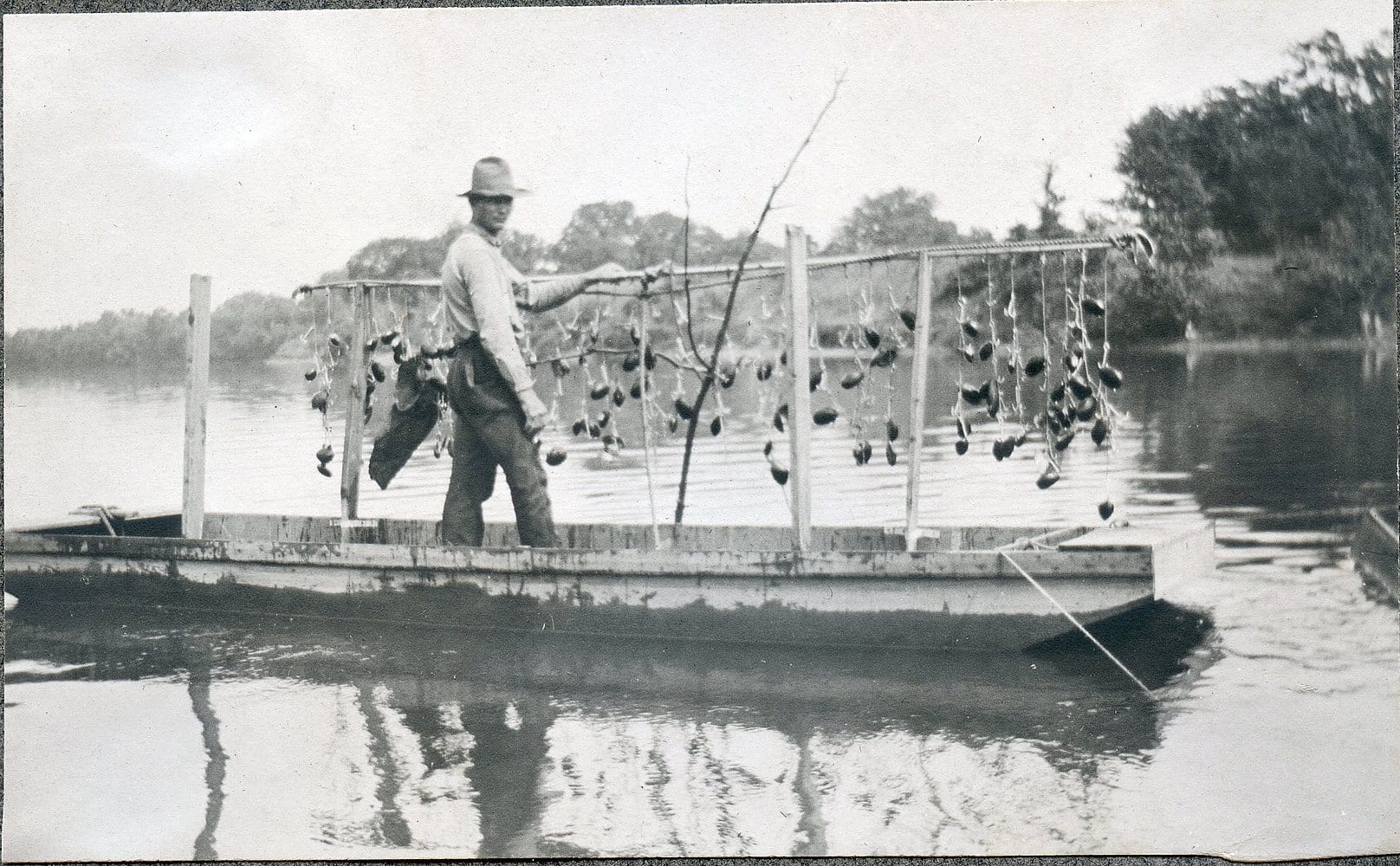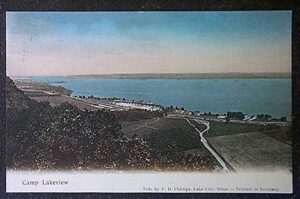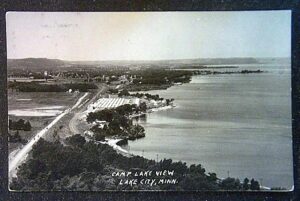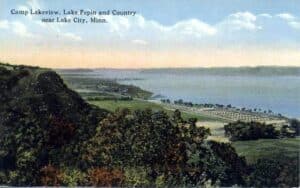
Today, pearls are available in several types, natural or cultured and freshwater or marine. Cultured pearls are created by inserting an irritant into the shell of an oyster. The oyster then secretes a pearly coating to cover the irritant. A natural pearl is pearl all the way through. A cultured pearl is mainly a mussel shell bead with a very thin pearl coating.
Although natural pearls are found in oysters, they also are found in many different species of freshwater mussels or clams from the Mississippi and a few other North American Rivers. Natural pearls tend to be irregular in shape and not as desirable as the high-luster, spherical, cultured pearls. But a few rare round pearls do exist.
.




Natural pearls come in a variety of colors. The tones of the freshwater pearls are dictated by the mother shell. White is the most common, followed by pink. Other colors depend on the type of mussels. Big washboard mussels usually have pink pearls, as do the wartybacks. Threeridge mussels have pearls in shades of blue-green and lavendar. Muckets produce fine pink pearls, and sand shells have salmon-pink pearls




